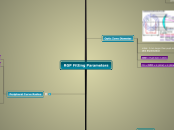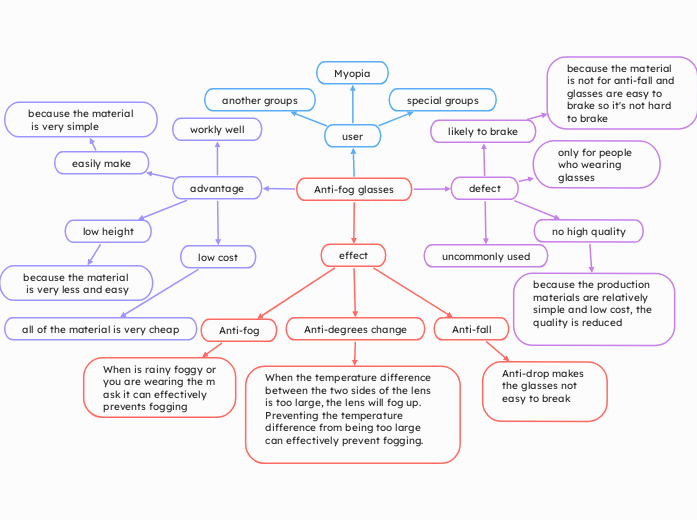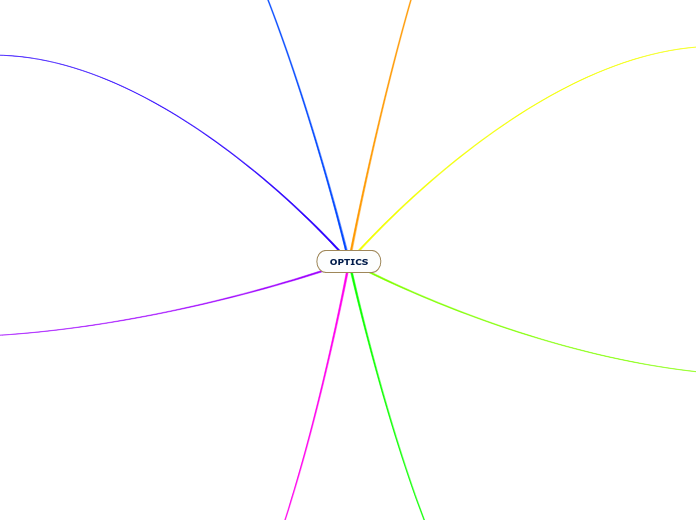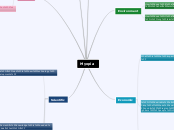door Irene Frantzis 11 jaren geleden
959
Central topic
Rigid Gas Permeable (RGP) lenses offer various fitting parameters to address different eye conditions, including keratoconus and myopia. Thinner lenses are more flexible but can become distorted when worn on keratoconic eyes, while thicker lenses are heavier and more prone to dropping.









